In this week's edition
- ✍️ Letter from P'Fella
Your textbook should talk back to you. - 🤓 The Sunday Quiz
How well do you know cleft lip? - 🖼️ Image of the Week
Blood supply to the lip. - 🚑 Technique Tip
Marking the cleft lip. - 🎓 JPRAS Journal Club
Breast implant illness and its comorbid conditions. - 📘 Foundations Textbook
Waiting list closed! Considering a second waitlist. - 📖 What Does the Evidence Say
Optimal timing for cleft lip and palate repair. - 🔥 Articles of the Week
Anatomical subunits in cleft lip repair, HA filler for cleft lip and nose, & 3D-printed cleft lip simulator: with 1-sentence summaries. - 💕 Feedback
Suggest ideas & give feedback!
A Letter from P'Fella
Your Textbook Should Talk Back to You
We’ve all been there. You need to check something quickly. But instead, you're diving into four chapters, scanning diagrams, and cross-referencing outdated pages. It kills your momentum and slows down your learning. Foundations was built to change that. Now, we're about to take it one step further.
The Textbook Is Already Alive
Foundations already updates in real-time. Scan a QR code, and the most current information appears instantly. Everyone sees the same version. No logins. No expired editions. No outdated errors lingering for a decade. But what if you didn’t even need to scan anything?
We’re Building a Textbook That Chats
Here’s the vision: You have a question about a flap, a classification, or a post-op protocol. You ask. And the textbook answers.
Whether you're prepping for exams or reviewing cases on the ward, Foundations will act like a smart, responsive assistant, giving you the clarity you need without slowing you down.
This isn’t about bells and whistles. It’s about making the information actually usable.
What Do You Think?
If this works like we think it will, it changes everything: It’s the difference between reading a textbook and talking to one. And it’s only possible because we built Foundations to be alive from Day One.
Reply to the poll or drop us a message. If enough of you want this, we’ll roll it out sooner than planned.
Closing Note
This isn’t about making a clever product. It’s about building the resource we always wished we had. Foundations exists because we got tired of the status quo. And if you're tired too — good. That means you’re ready for something better.
With love,
P Fella ❤️
The Sunday Quiz
How Well Do You Know Cleft Lip?
Join The Weekly Quiz in each edition of thePlasticsPaper. Tackle one question per week for seven rounds!
The top scorer wins a copy of our upcoming textbook, Foundations.
Image of the Week
Blood Supply to the Lip
This week’s image highlights the labial vascular anatomy, showing the superior and inferior labial arteries running within the orbicularis oris muscle.
Understanding this vascular pattern is critical for procedures like cleft lip repair, lip lifts, or filler injections, where preserving arterial integrity reduces complications and optimizes perfusion.
The red-highlighted course in this illustration emphasizes the submucosal arterial arcades — a key detail for planning safe incisions and flap designs.

Technique Tip
Marking the Cleft Lip
This week’s tip highlights preoperative marking for a complete unilateral cleft lip using the Fisher technique, which follows anatomical subunit principles for optimal aesthetic outcome.
📍 Key landmarks include:
- Cupid’s bow peak and trough
- Columellar base and philtral column heights (cleft vs non-cleft)
- White roll–cutaneous junctions and vermilion border
- Alar base and nasal sill symmetry points
- Cutaneous and vermilion back cuts for triangular flaps
These markings are critical to ensure symmetry, preserve subunit integrity, and avoid vermillion notching or nasal base asymmetry.
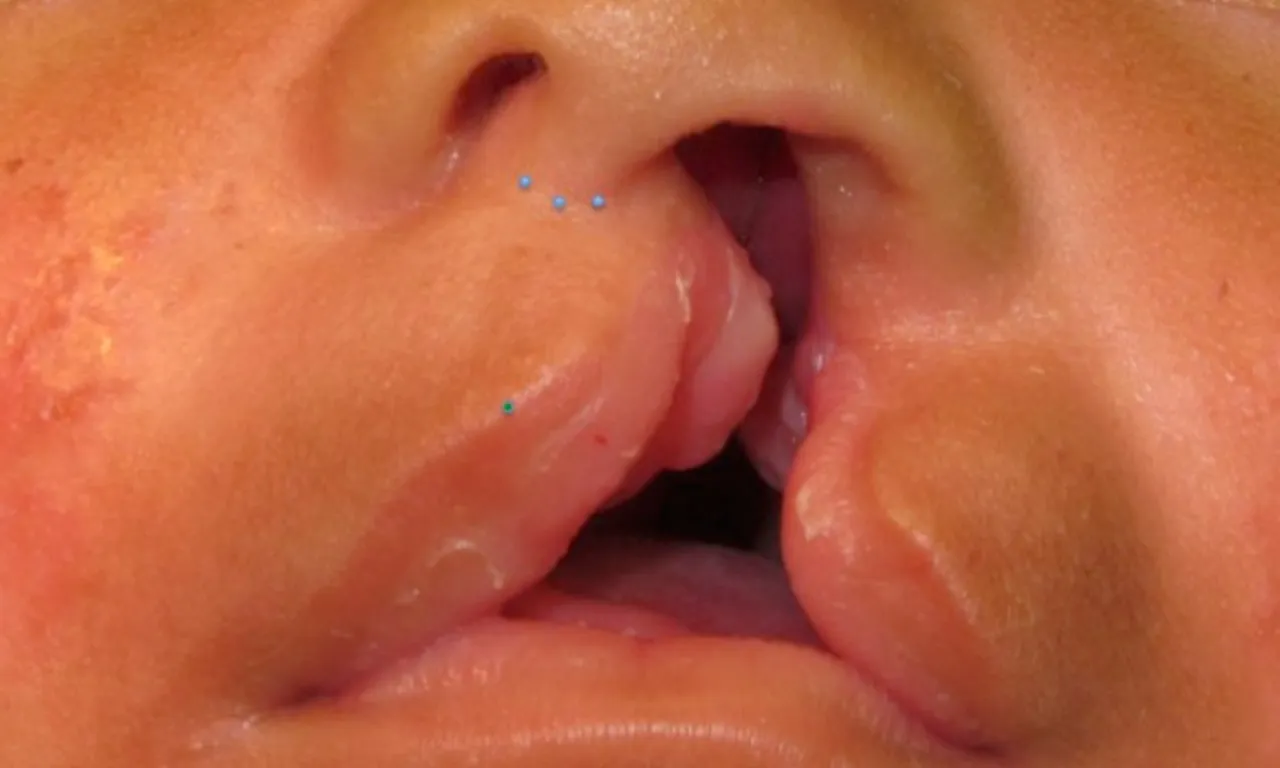
JPRAS Journal Club
Breast Implant Illness and Its Comorbid Conditions
49% of breast implant recipients report symptoms like fatigue, joint pain, and brain fog. After explantation, 57% improve. The cause? Still unclear. Autoimmune and psychiatric comorbidities are common, but diagnosis remains controversial.
What does this mean for your practice?
What role do explants actually play?
And is this a real clinical entity, or just misunderstood?
Read the full article below to explore our take on the data from over 7,000 patients in 48 studies.
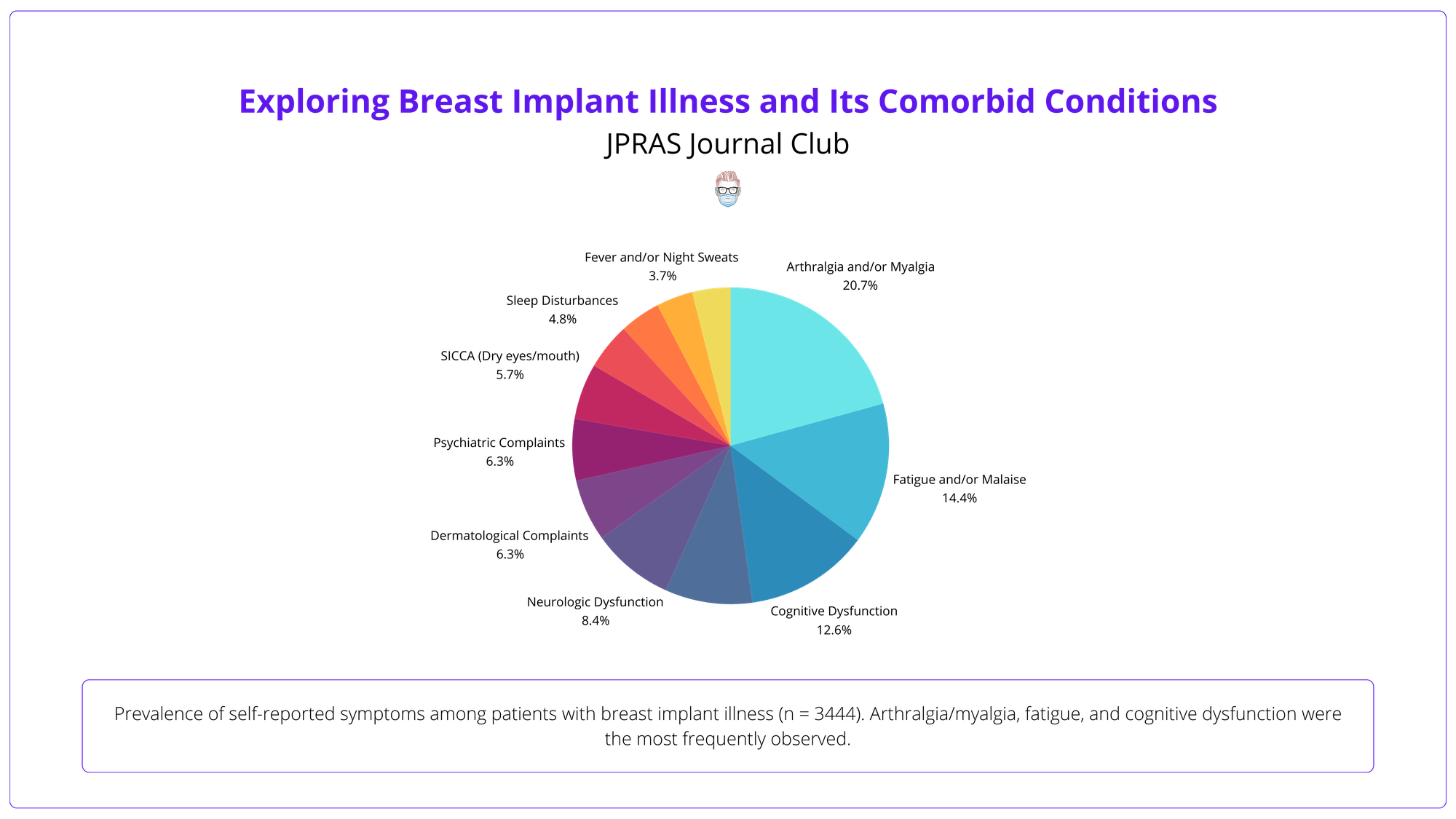
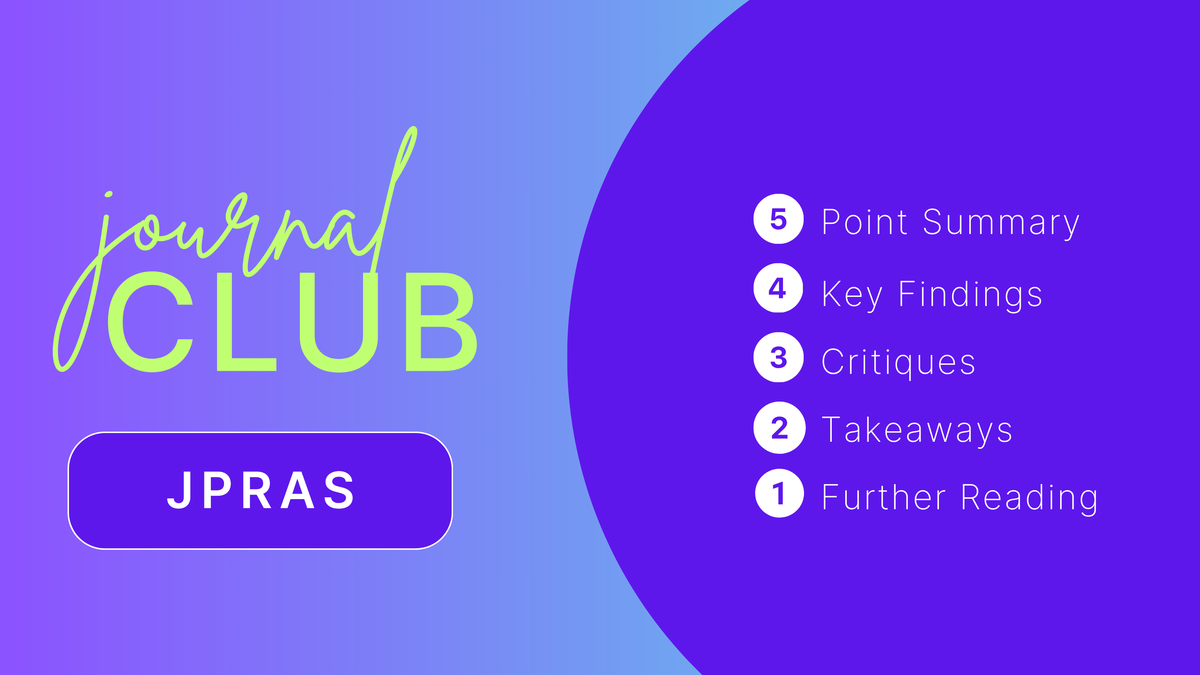
Foundations Textbook
Waiting List Closed! Considering a Second Waitlist
Thank you to everyone who joined the Foundations waitlist — it’s now officially closed.
We’ve had a flood of messages asking if we’ll open a second wave. If you missed out but still want a copy, respond to this email with 'Foundations' and let us know. If there's enough interest, we’ll open a final round.
Stay tuned, and thank you for the incredible support!
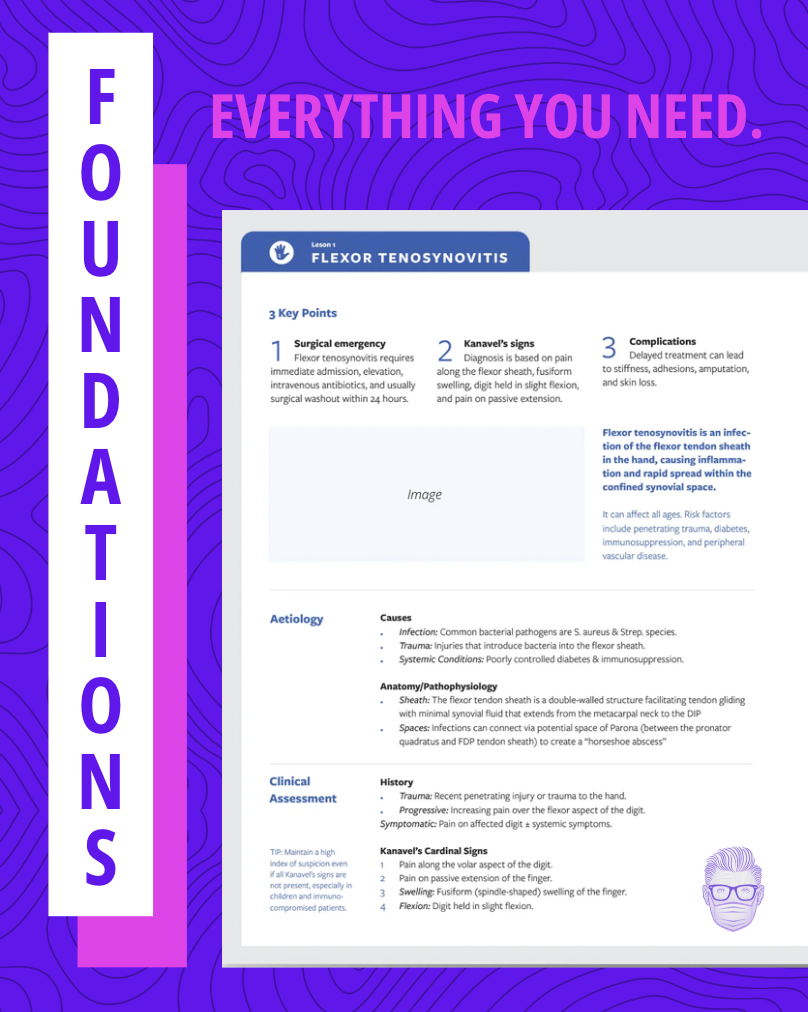
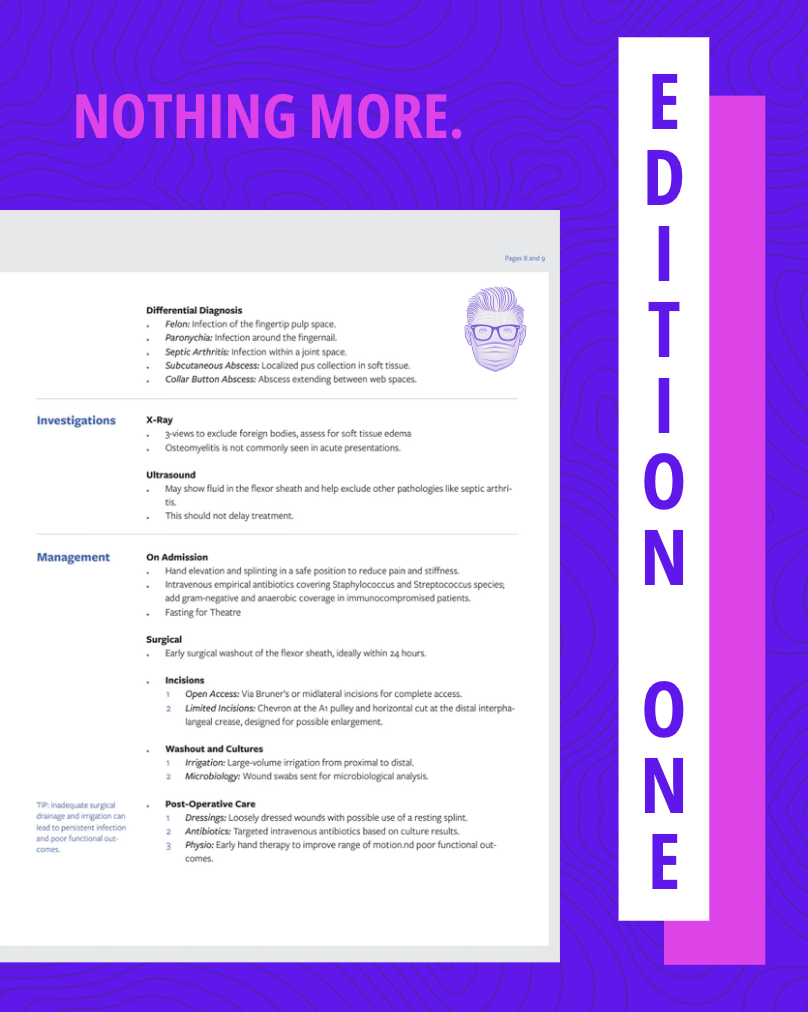
Foundations Textbook
What Does the Evidence Say?
Optimal Timing for Cleft Lip and Palate Repair
Early lip repair (before 3 months) may reduce the need for later orthognathic surgery (Dalle Ore et al., 2017; Wlodarczyk et al., 2022). However, palate repair timing is more debated, with some studies suggesting delayed hard palate repair may benefit maxillary growth (Farronato et al., 2014; Shi & Losee, 2014). Surgical protocols and sequences vary widely among centers (Slator et al., 2020).
Complication rates appear similar between early and standard repair timings (Bluher et al., 2020). Sociodemographic factors can influence repair timing, with certain racial groups and patients with comorbidities experiencing later interventions (Lynn et al., 2020). Despite these variations, most studies agree that palate repair significantly impacts maxillofacial growth (Young et al., 2021; Shi & Losee, 2014).
Articles of the Week
3 Interesting Articles with One-Sentence Summaries
The Fisher technique in unilateral cleft lip repair aligns incision lines with anatomical subunits to preserve philtral integrity and achieve more natural outcomes.
Cross-linked hyaluronic acid improves residual lip and nasal asymmetries in cleft patients, offering a minimally invasive alternative to fat grafting or surgery.
A personalized silicone cleft lip model significantly improved students’ confidence and performance in cleft lip surgery training compared to traditional methods.



